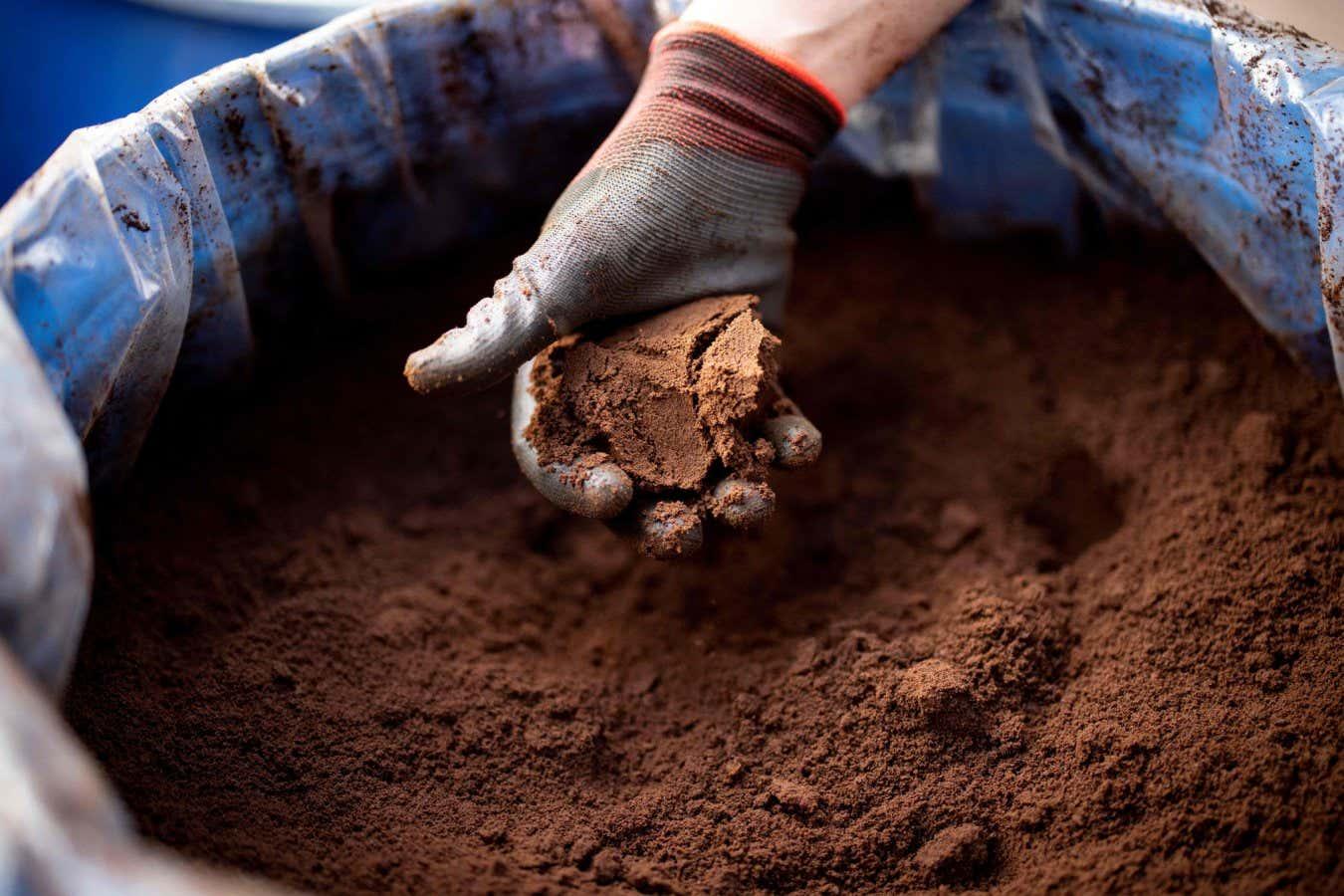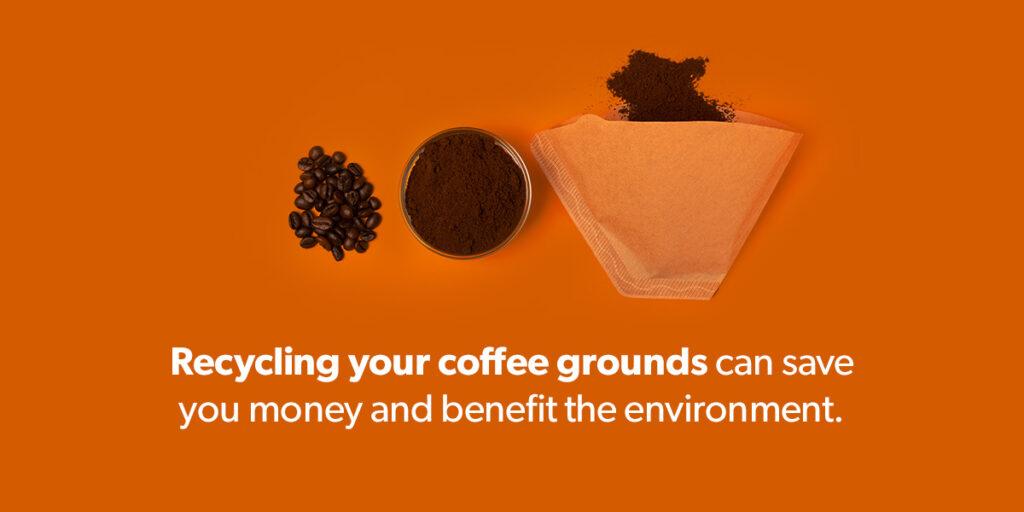In a world where millions of coffee cups are emptied daily, scientists have unearthed a groundbreaking solution that transforms what was once considered mere waste into a potential resource of remarkable utility. Those dark, aromatic remnants at the bottom of your morning brew might just hold the key to solving unexpected environmental and industrial challenges. From the humble coffee ground emerges an innovative breakthrough that challenges our conventional perceptions of recycling and sustainability, promising to reshape how we view everyday discarded materials. In a groundbreaking discovery that’s brewing excitement across sustainability circles, researchers have unveiled an innovative solution transforming discarded coffee grounds into a valuable resource with remarkable practical applications. Millions of tons of used coffee grounds typically end up in landfills annually, representing a important environmental challenge that scientists are now addressing through ingenious recycling techniques.
The revolutionary approach involves converting these seemingly worthless waste products into high-performance activated carbon materials with unusual potential across multiple industries. Advanced processing methods now allow complete transformation of spent coffee grounds into sophisticated filtration systems capable of removing heavy metals, pollutants, and contaminants from water and industrial waste streams.
Laboratories worldwide have demonstrated that processed coffee ground derivatives can effectively absorb complex chemical compounds with unprecedented efficiency. These activated carbon materials exhibit superior absorption capacities compared to traditional carbon sources, presenting a more sustainable and cost-effective alternative for environmental remediation projects.
Engineers have discovered that the unique cellular structure of coffee grounds provides remarkable filtration properties. By subjecting used grounds to specialized thermal treatments, researchers can create microporous carbon materials with enhanced surface area and remarkable chemical interaction capabilities. This breakthrough potentially revolutionizes water purification technologies, particularly in regions struggling with industrial pollution and limited resources.
Beyond water treatment, these innovative carbon materials show promising applications in energy storage systems. Preliminary research suggests that coffee ground-derived carbon could considerably improve battery performance and electrical storage capacities, potentially transforming renewable energy infrastructure.Agricultural sectors are also exploring these coffee ground innovations. Processed materials serve as excellent soil amendments, providing essential nutrients and improving ground composition. Sustainable farming practices could potentially integrate these recycled materials, reducing waste and enhancing crop productivity.
The economic implications are equally compelling. What was once considered waste now represents a valuable commodity with multifaceted industrial applications. Estimated global coffee consumption suggests millions of tons of grounds could be transformed into high-value materials annually, creating new economic opportunities and reducing environmental burden.
Researchers continue refining extraction and processing techniques, aiming to maximize efficiency and expand potential applications. Collaborative efforts between environmental scientists, chemical engineers, and sustainability experts promise further breakthrough developments in this exciting field.
This innovative approach exemplifies how creative scientific thinking can transform seemingly mundane waste products into revolutionary solutions addressing critical global challenges. By reimagining coffee grounds’ potential, researchers are brewing a more sustainable future.











